How to Fix SCSI_DISK_DRIVER_INTERNAL 0x0000002D?
First, remove all unwanted external peripherals
4 min. read
Published on
Read our disclosure page to find out how can you help Windows Report sustain the editorial team. Read more
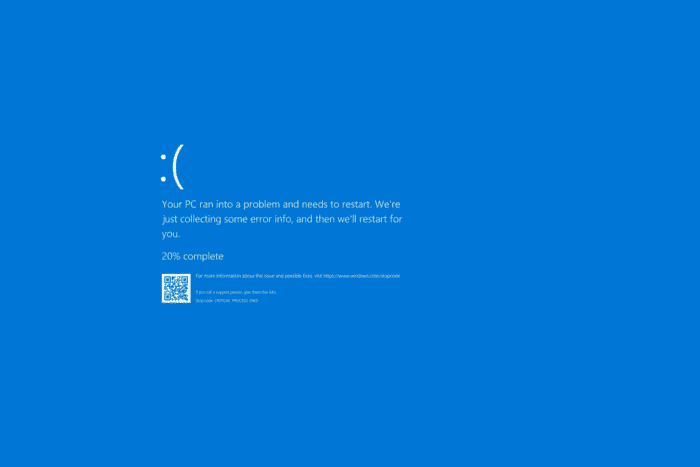
Many readers have complained about getting the blue screen error SCSI_DISK_DRIVER_INTERNAL with error code 0x0000002D. It could appear due to an outdated version of Windows, faulty hardware, or bad memory.
To begin with, check for Windows updates and recall the last action you performed before encountering the error to understand it better. Next, remove all unwanted external peripherals and restart your PC before moving to the advanced steps.
How can I fix the SCSI_DISK_DRIVER_INTERNAL 0x0000002D error?
1. Update the outdated drivers
- Press Windows + R to open the Run window.
- Type devmgmt.msc and click OK to open the Device Manager app.
- Inspect all the categories by clicking and expanding them. If you find a yellow triangle with an exclamation mark on any of the components in a category, right-click it to open the context menu and select Update driver.
- On the next page, select Search automatically for drivers.
- Follow the on-screen instructions to complete the process.
If you encounter BSoD errors after an upgrade, updating the drivers on your PC is a good way to fix the problem. Read this guide to learn more.
In case Windows cannot find a better driver version, you can opt to use a third-party driver updater and fixer, which can easily update the drivers on your PC, or head to the manufacturer’s official website and manually install the driver!
2. Run the CHKDSK scan
 NOTE
NOTE
- Press the Windows key, type cmd in the search bar, and click Run as administrator.
- Type the following command and hit Enter:
chkdsk /f - Click Y if prompted and wait for the process to complete.
- Restart your computer to save the changes.
3. Remove unwanted apps
- Press Windows + I to open the Settings app.
- Go to Apps, then click Installed apps.
- You will see a list of apps. To remove an unwanted app, click the three-dot icon, then select Uninstall.
- Follow the on-screen instructions to complete the process.
4. Run an offline scan using Windows Defender
- Press the Windows key, type windows security, and click Open.
- Click Virus & threat protection, then select Scan options.
- Select the Microsoft Defender Antivirus (offline scan), then click Scan now.
- Wait for the scan to complete.
5. Turn off Fast startup
- Press the Windows key, type control panel in the search bar, and click Open.
- Go to View by and select Large icons, then click Power Options.
- From the left side of the window, select Choose what the power button does.
- Click Change settings that are currently unavailable.
- Remove the checkmark next to Turn on fast startup(recommended), then click Save changes.
6. Uninstall recent Windows Updates in Safe mode
6.1 Reboot your computer in safe mode
- Press Windows + I to open Settings.
- Click System, then select Recovery.
- Locate Advanced Startup and click Restart now.
- On the blue screen, select Troubleshoot.
- On the Troubleshoot screen, click Advanced options.
- Click Startup Settings.
- On the next window, press the number next to Safe mode with networking to select it, then click Restart.
6.2 Uninstall Windows Updates
- Press Windows + I to open Settings.
- Go to Windows Update, then click Update history.
- On the next page, scroll down and find Uninstall updates.
- Click Uninstall next to the latest update and follow the on-screen prompts.
7. Perform a system restore
- Press Windows + R to open the Run window.
- Type rstrui and click OK to open the System Restore window.
- On the System Restore window, click Next.
- Select the restore point from the list before your computer works fine, then click Next.
- Click Finish to initiate the process.
If your system was not able to restore to the previous version and you see the System Restore did not complete successfully message, check out this guide for quick solutions.
If nothing works for you, you can contact Microsoft Support, explain the problem, and provide the steps you took to get more help.
To conclude, to fix errors related to SCSI_DISK_DRIVER_INTERNAL, run the CHKDSK scan, turn off fast startup, uninstall Windows updates, update outdated drivers, or perform a system restore.
If you want to force a Blue Screen of Death on your PC, use Command Prompt, Task Manager, or Windows PowerShell; read this guide for detailed steps.
If you have any questions or suggestions about the SCSI_DISK_DRIVER_INTERNAL, feel free to mention them in the comments section below.
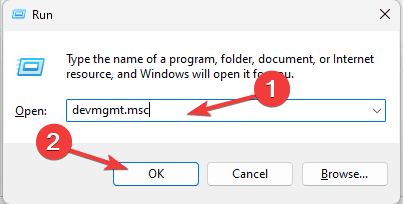
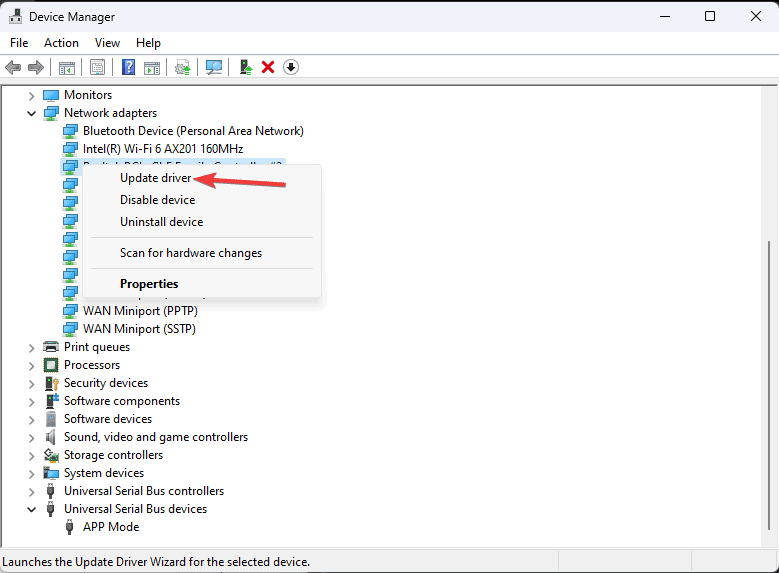
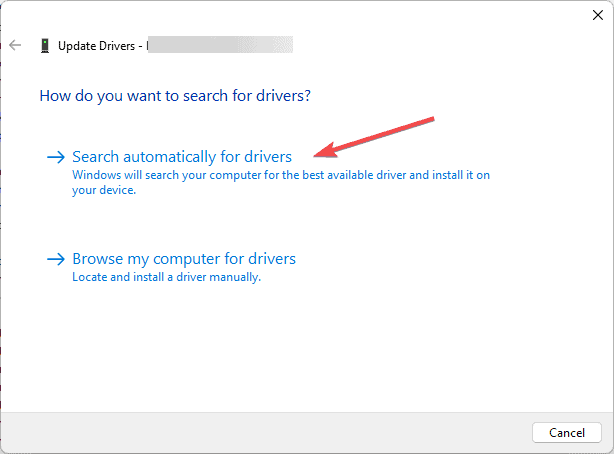
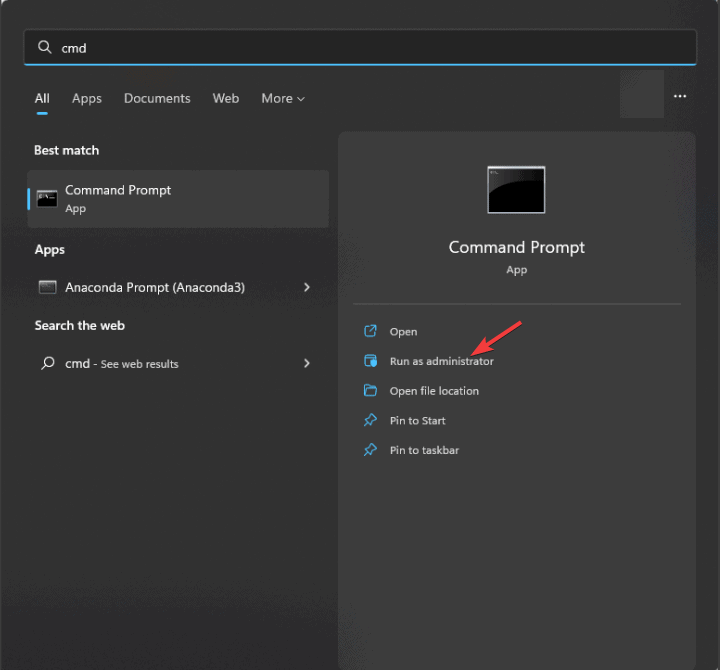
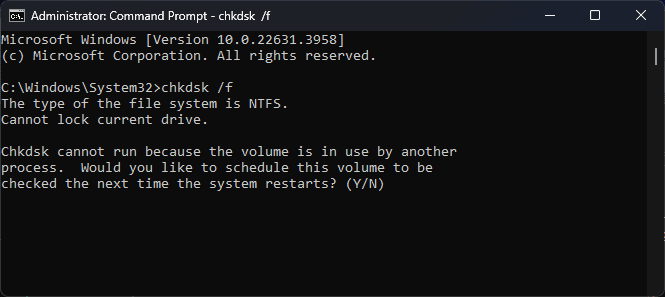
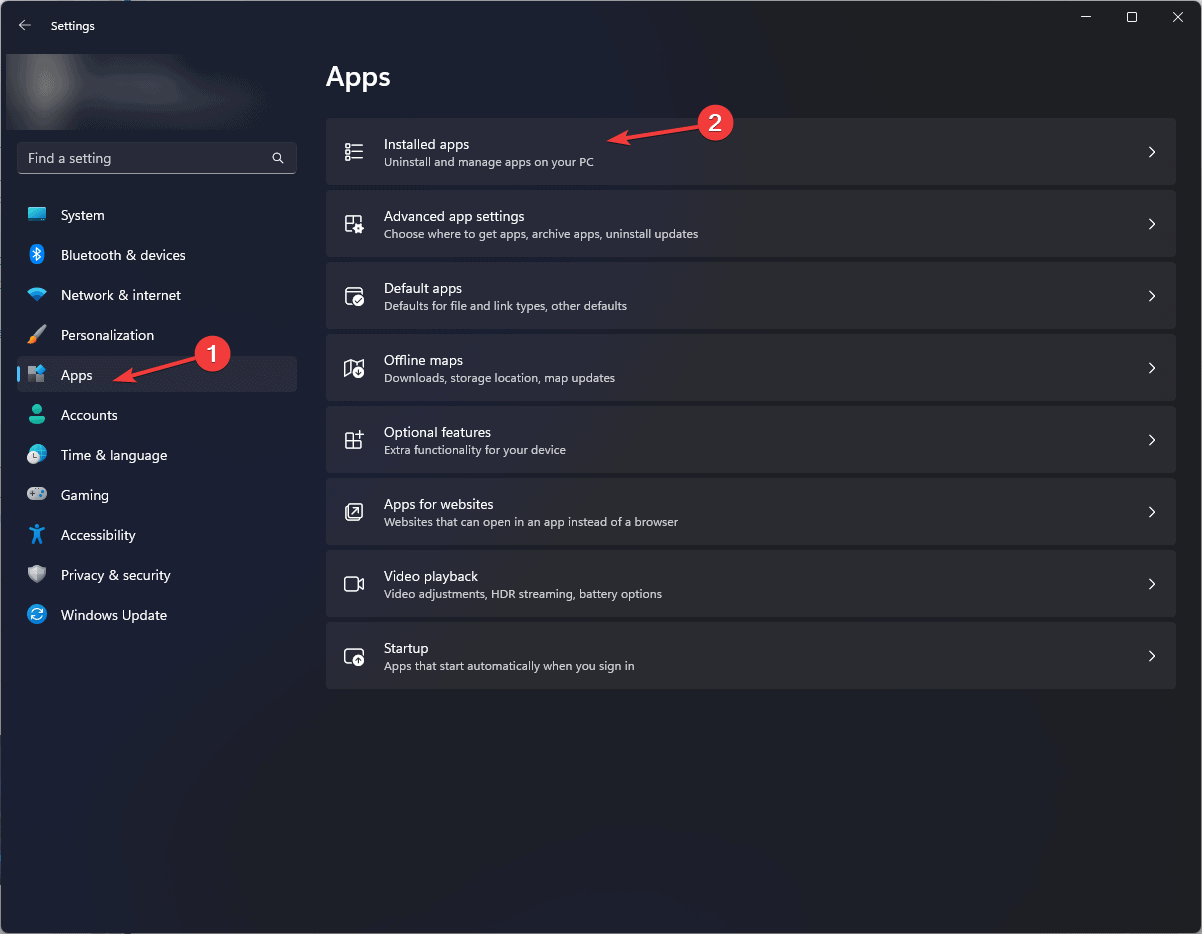

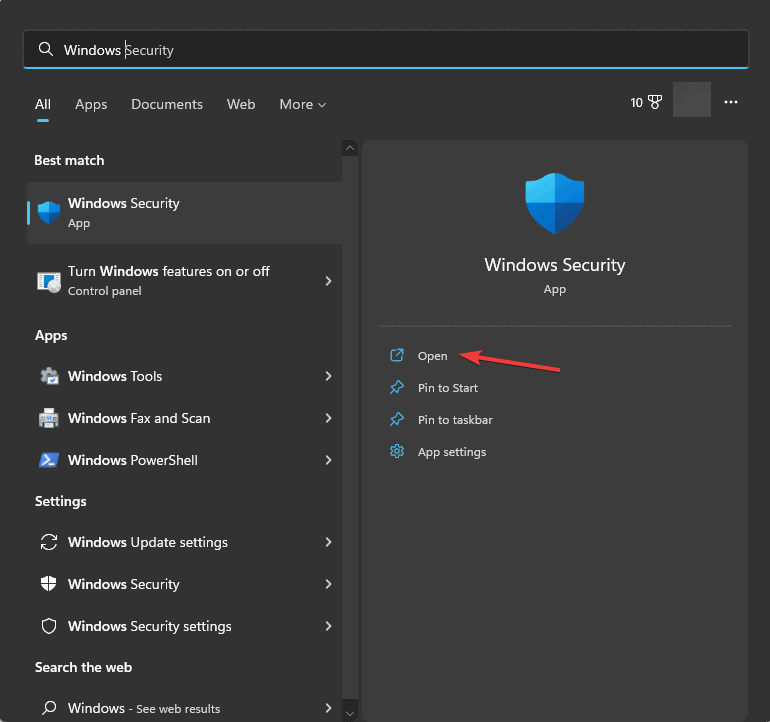
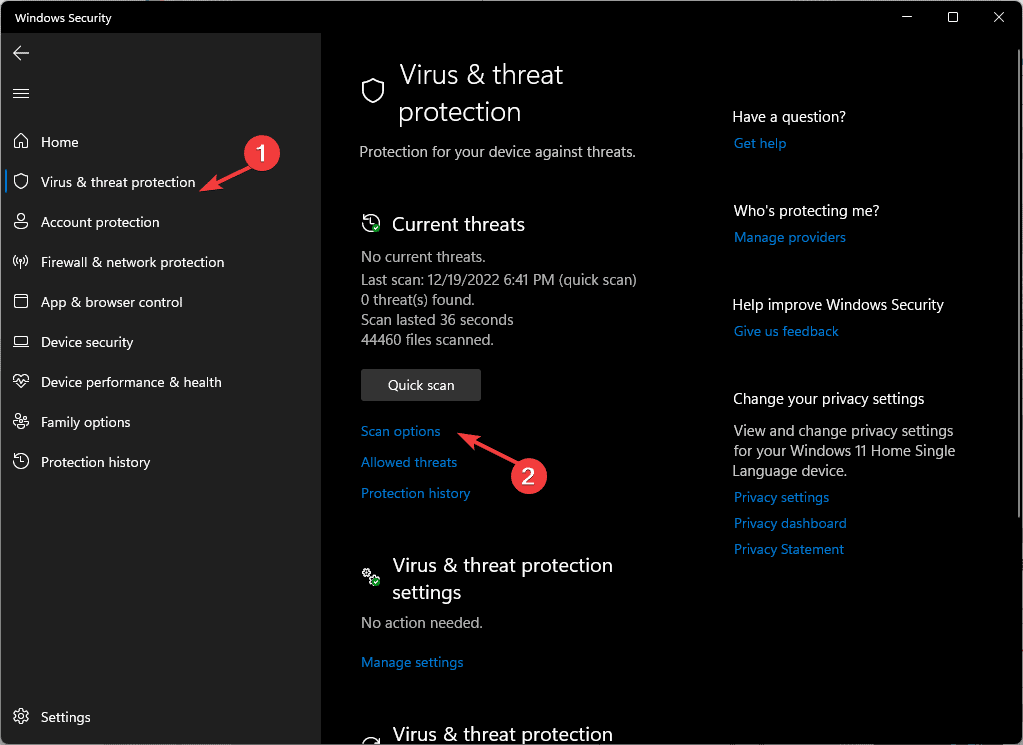
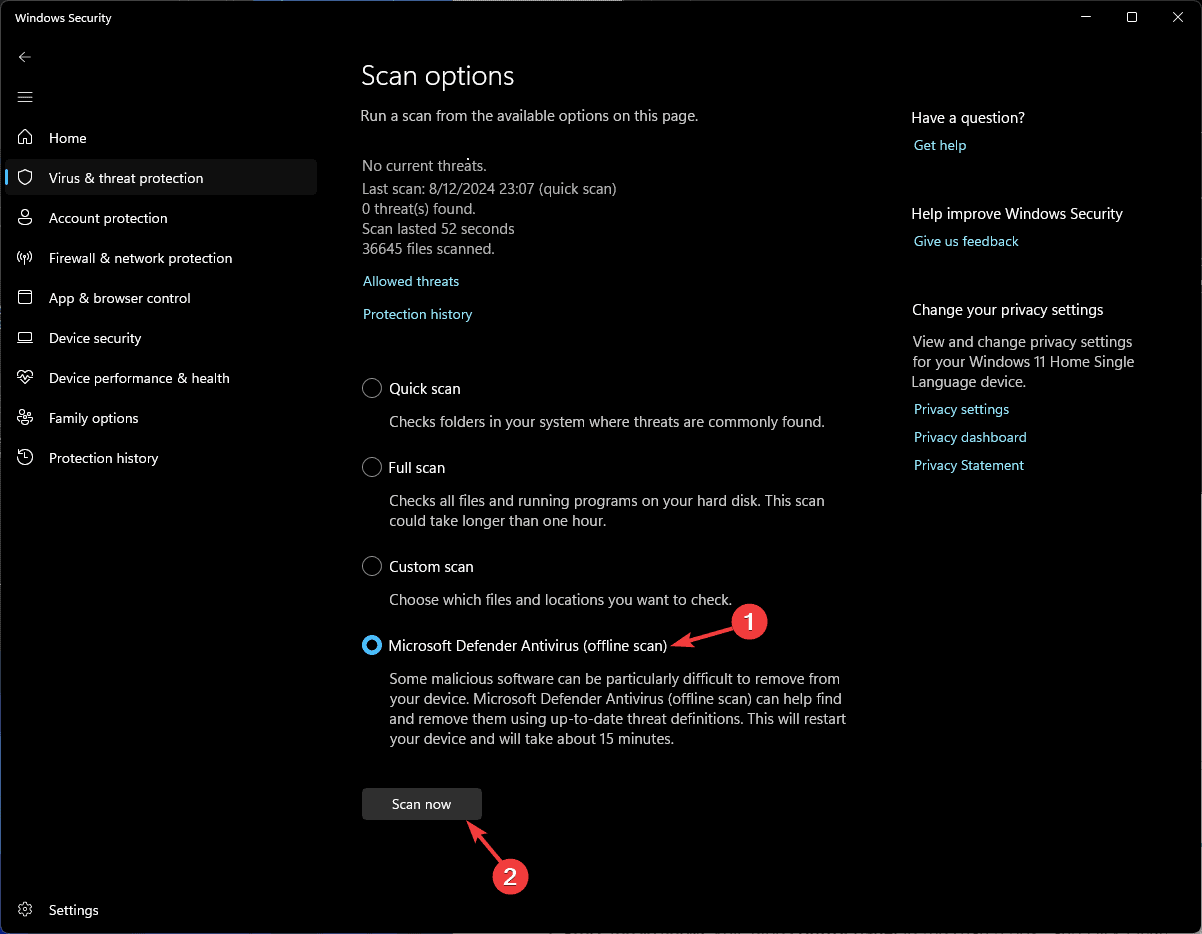
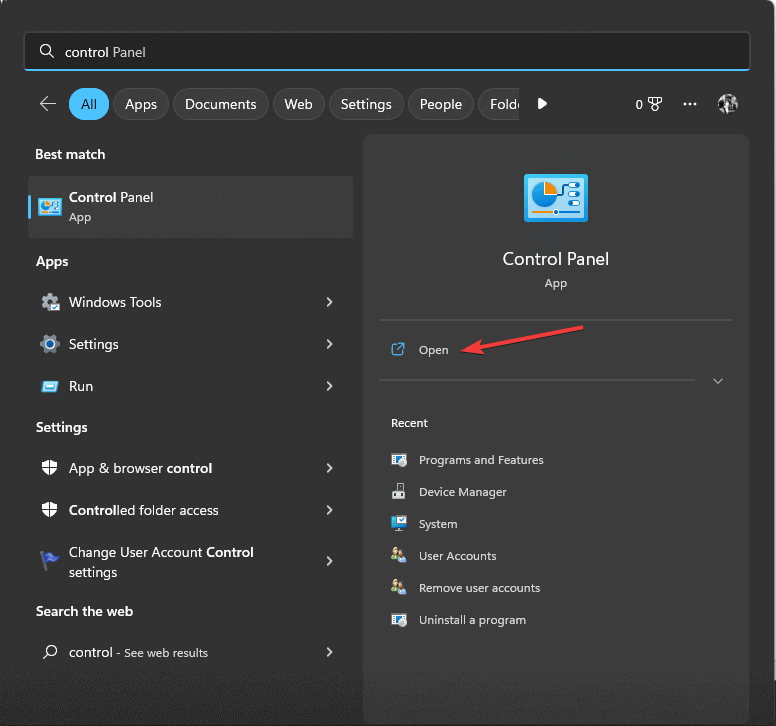
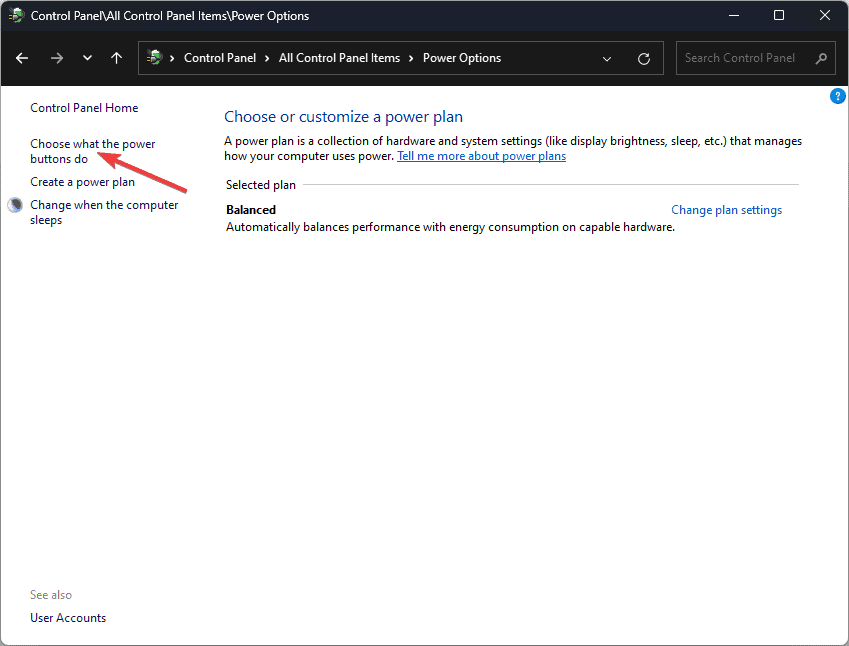
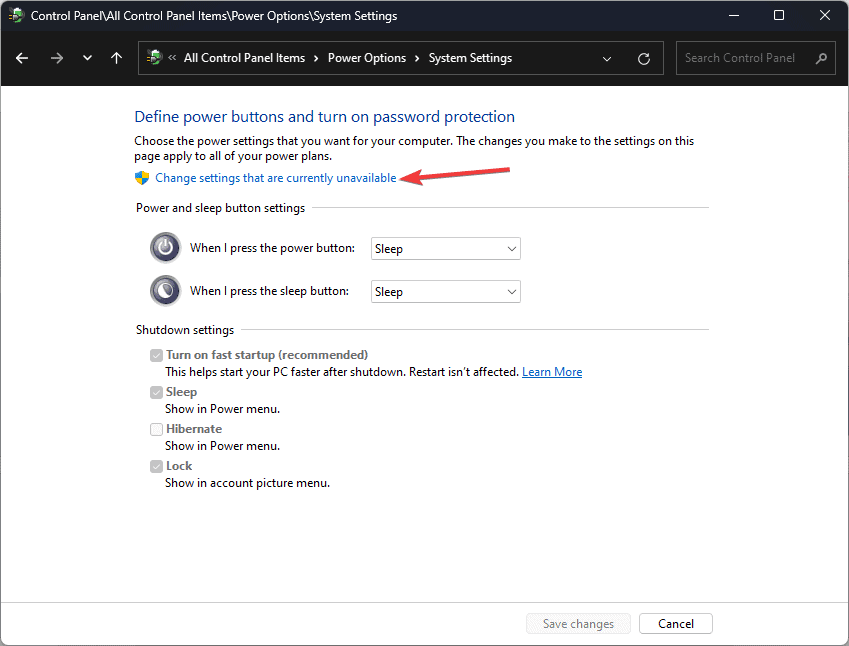
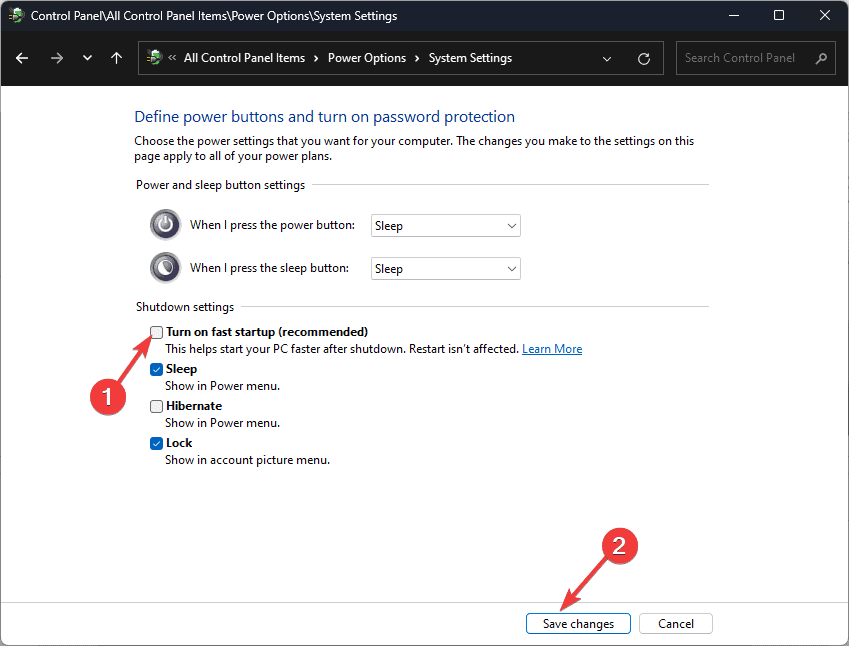
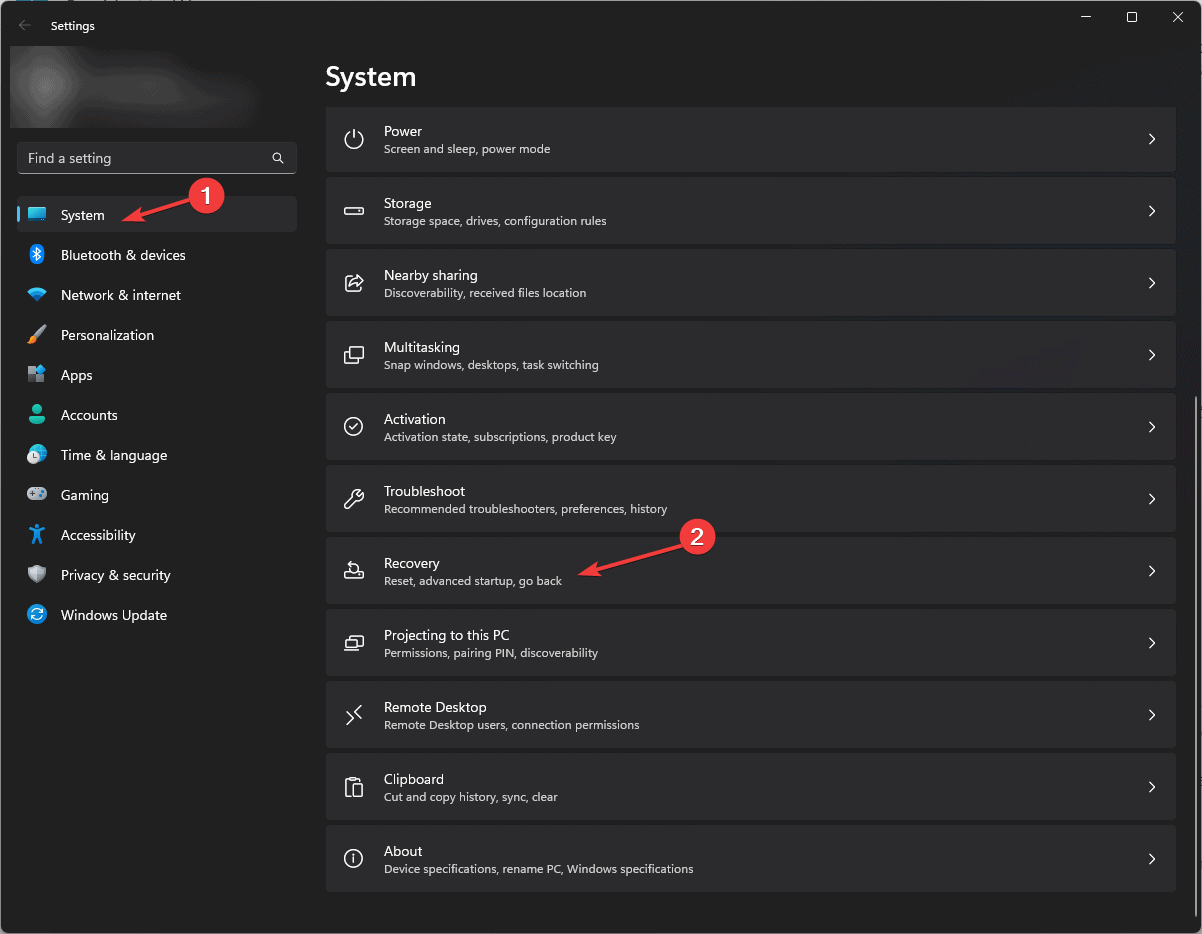
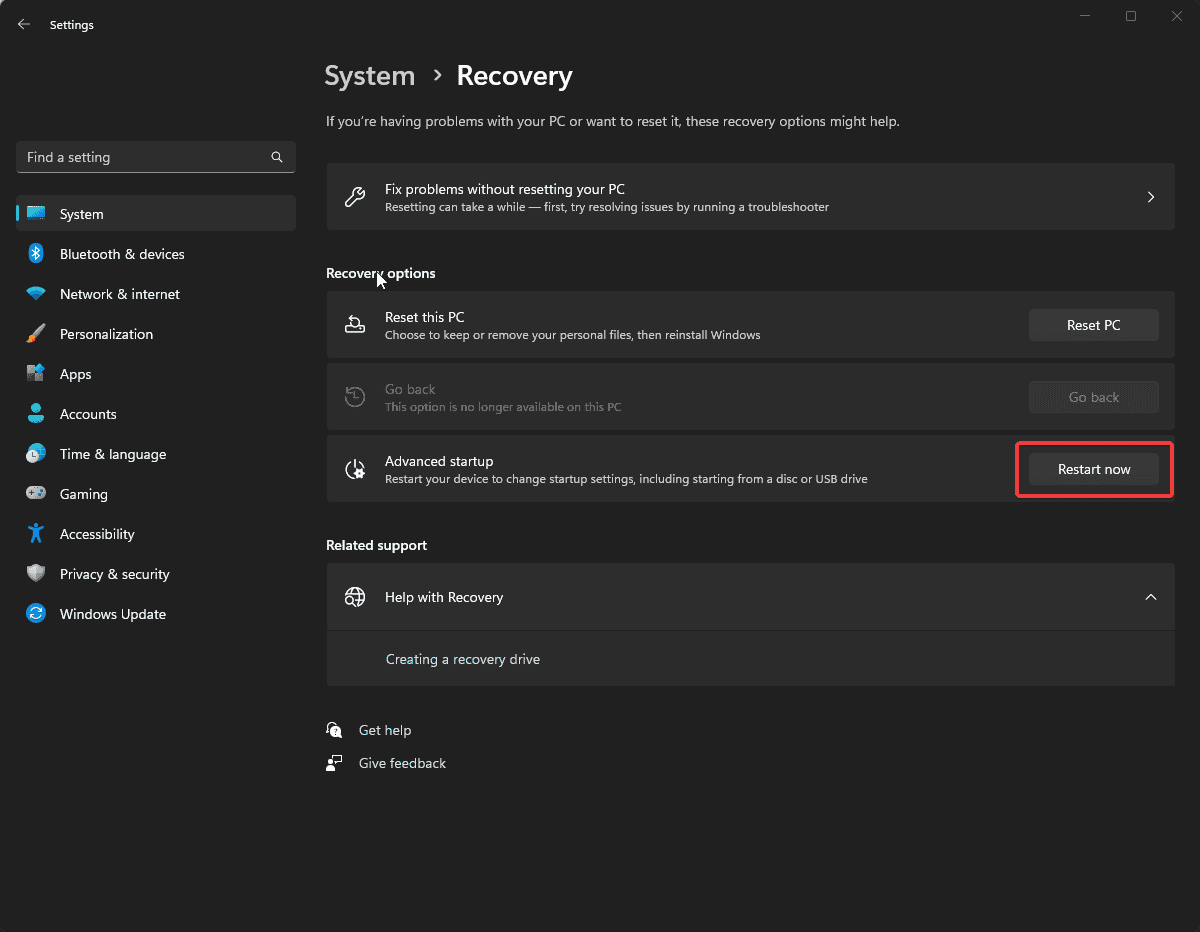
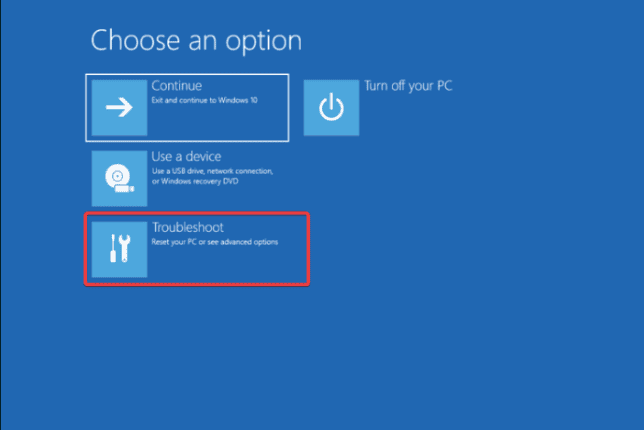
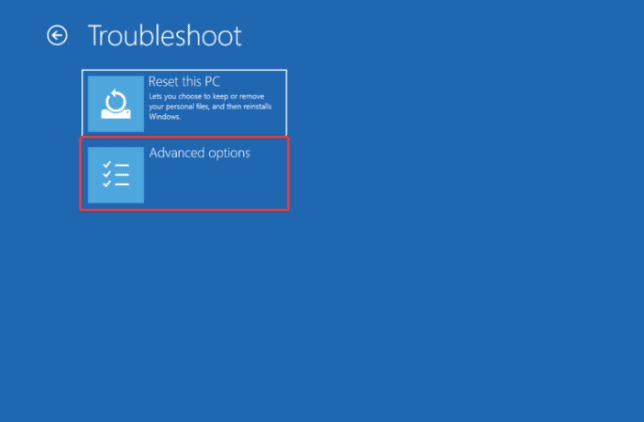
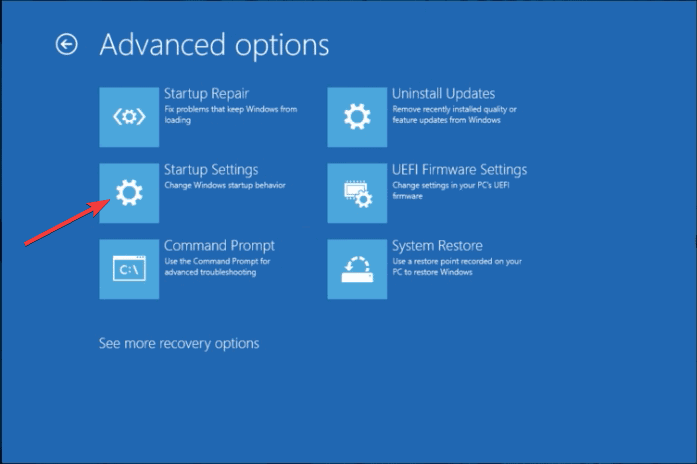

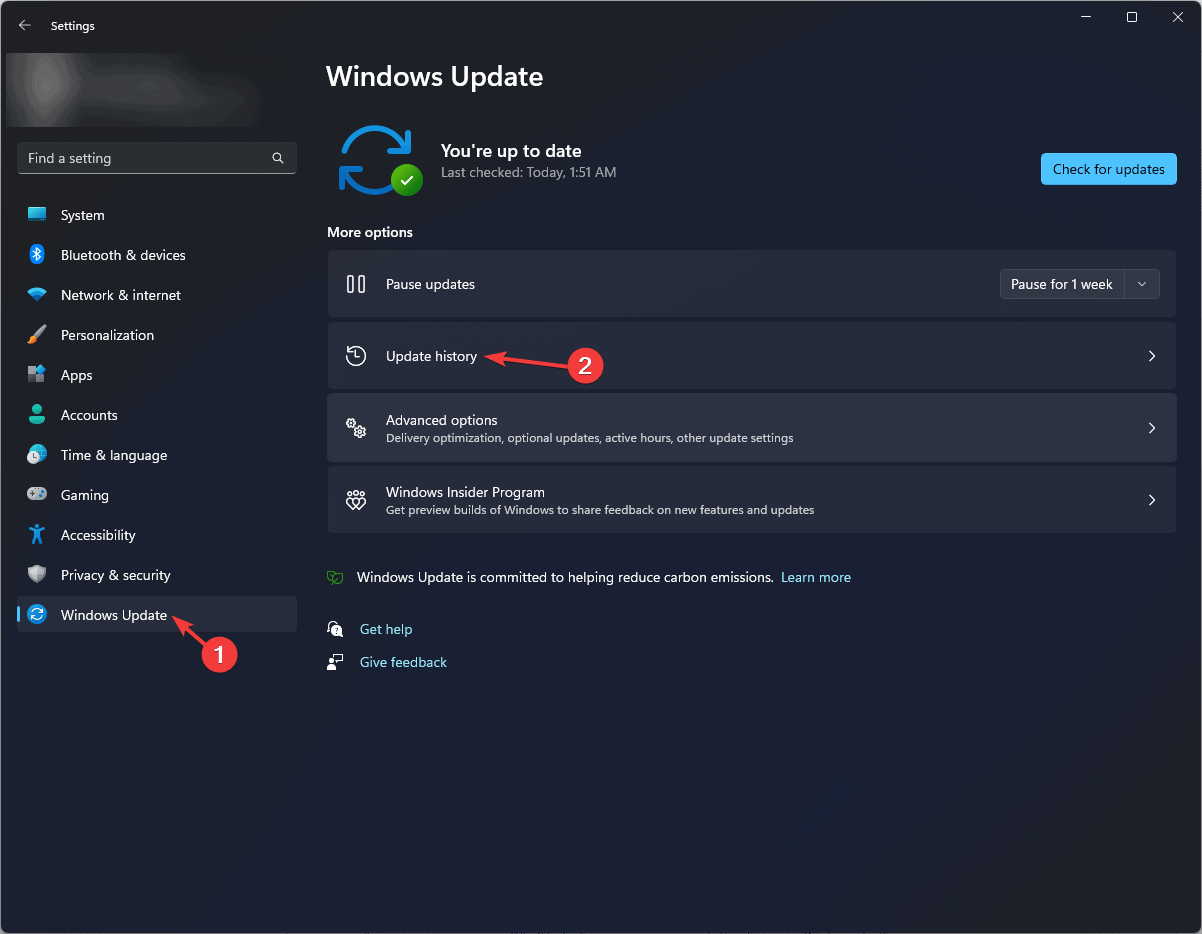
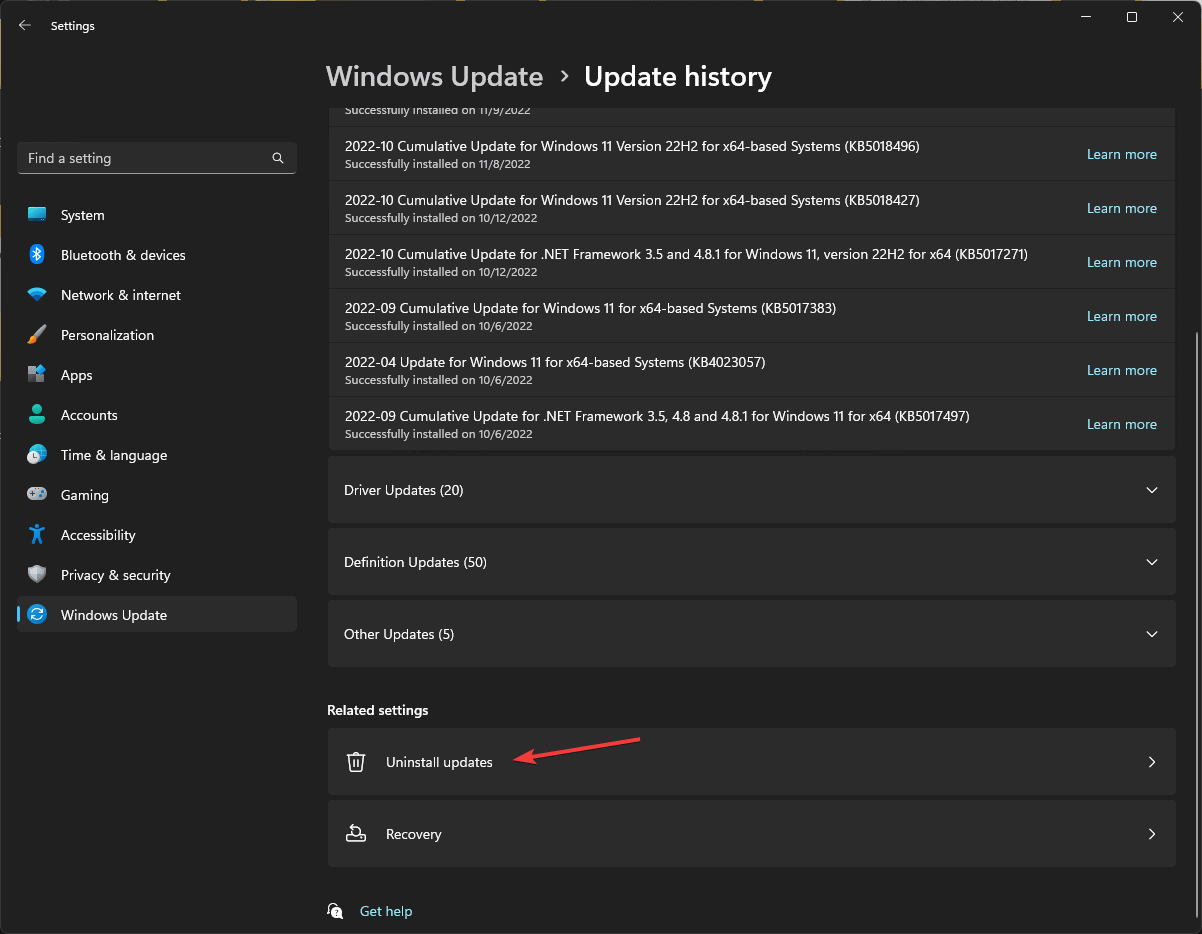
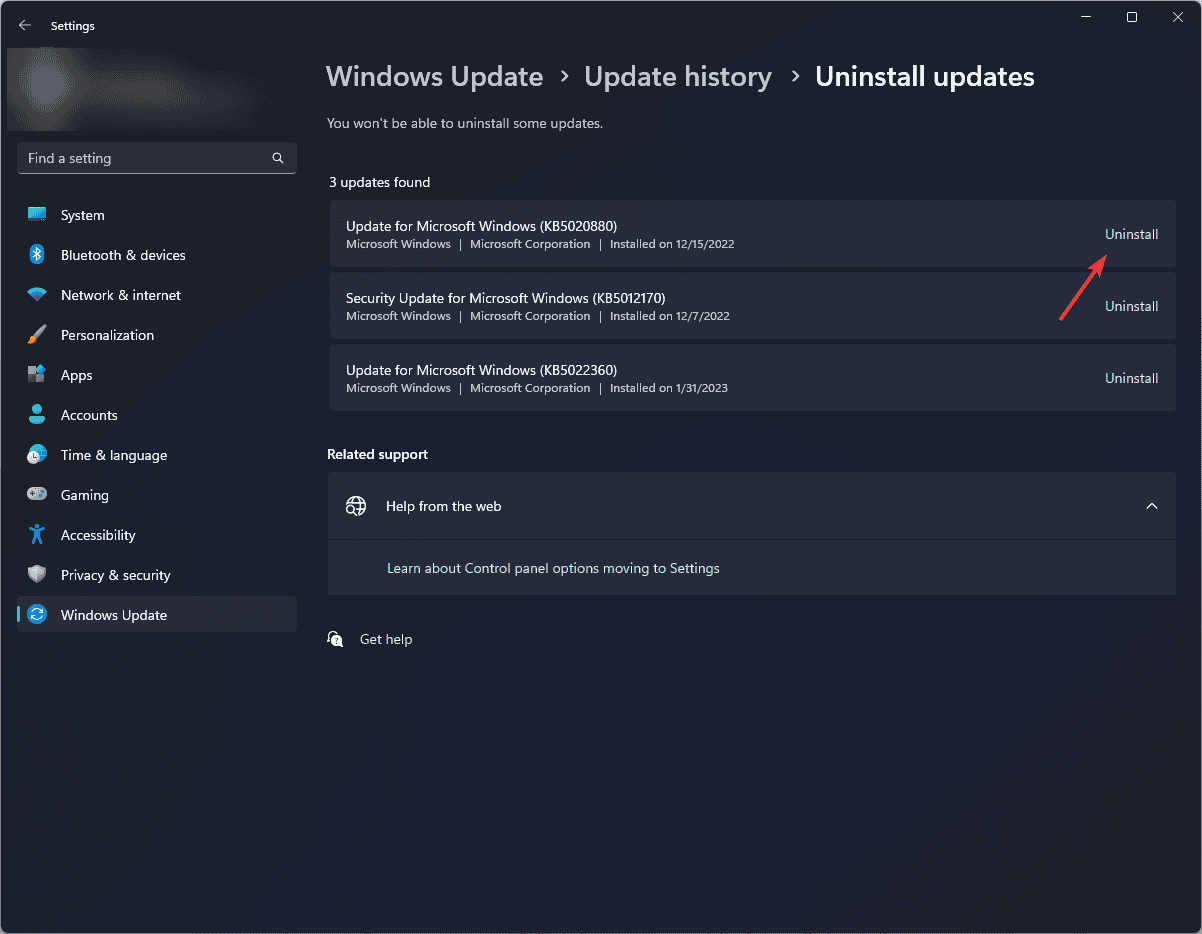
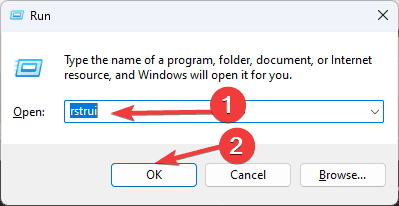
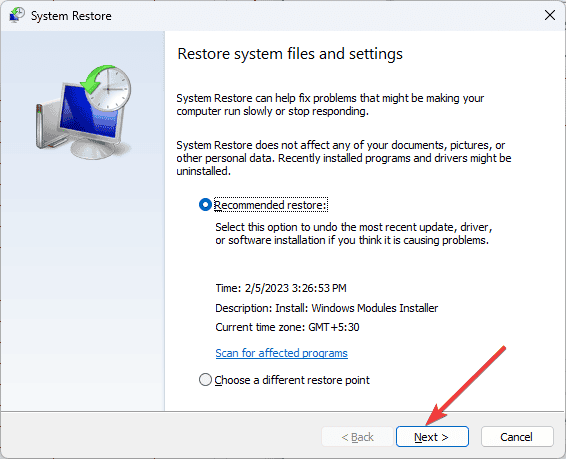
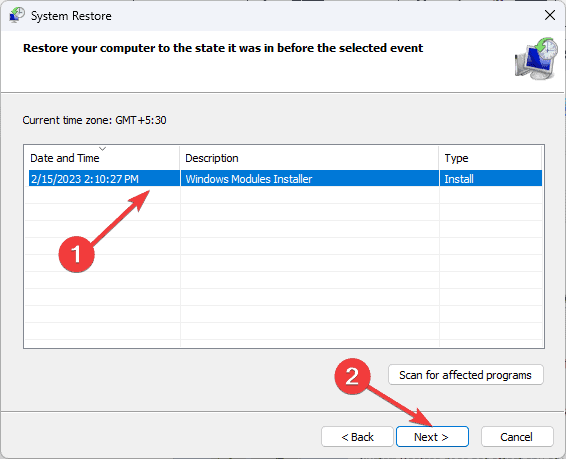
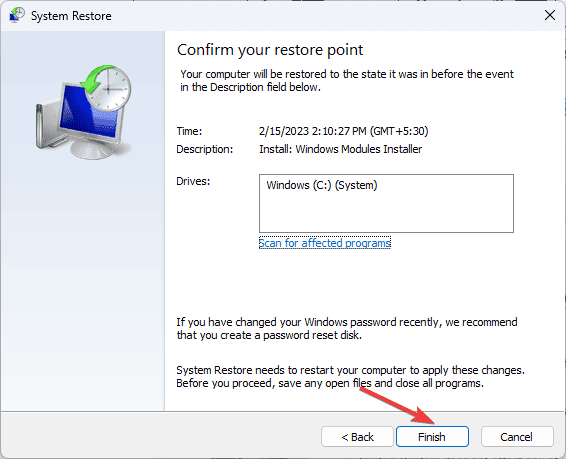
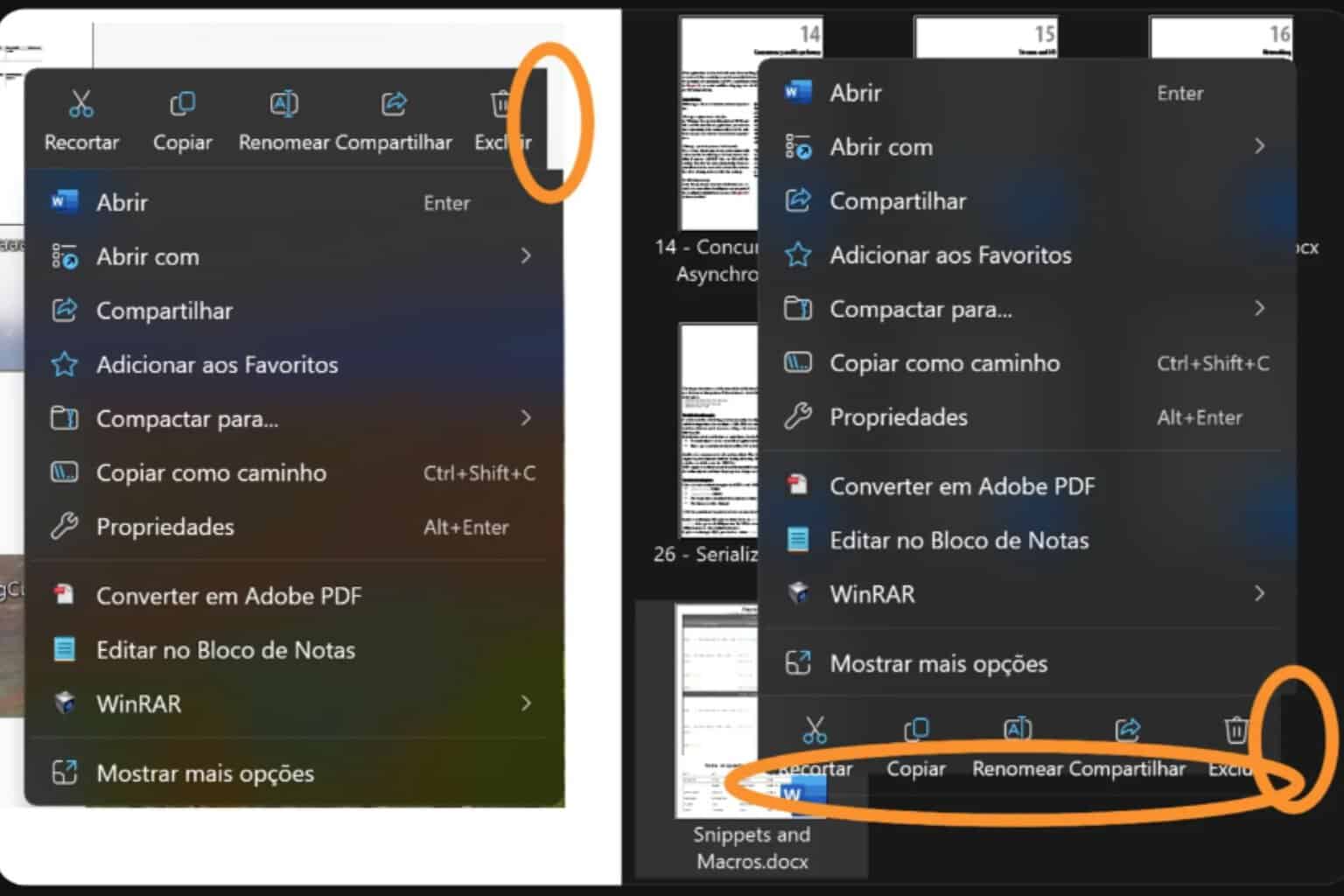
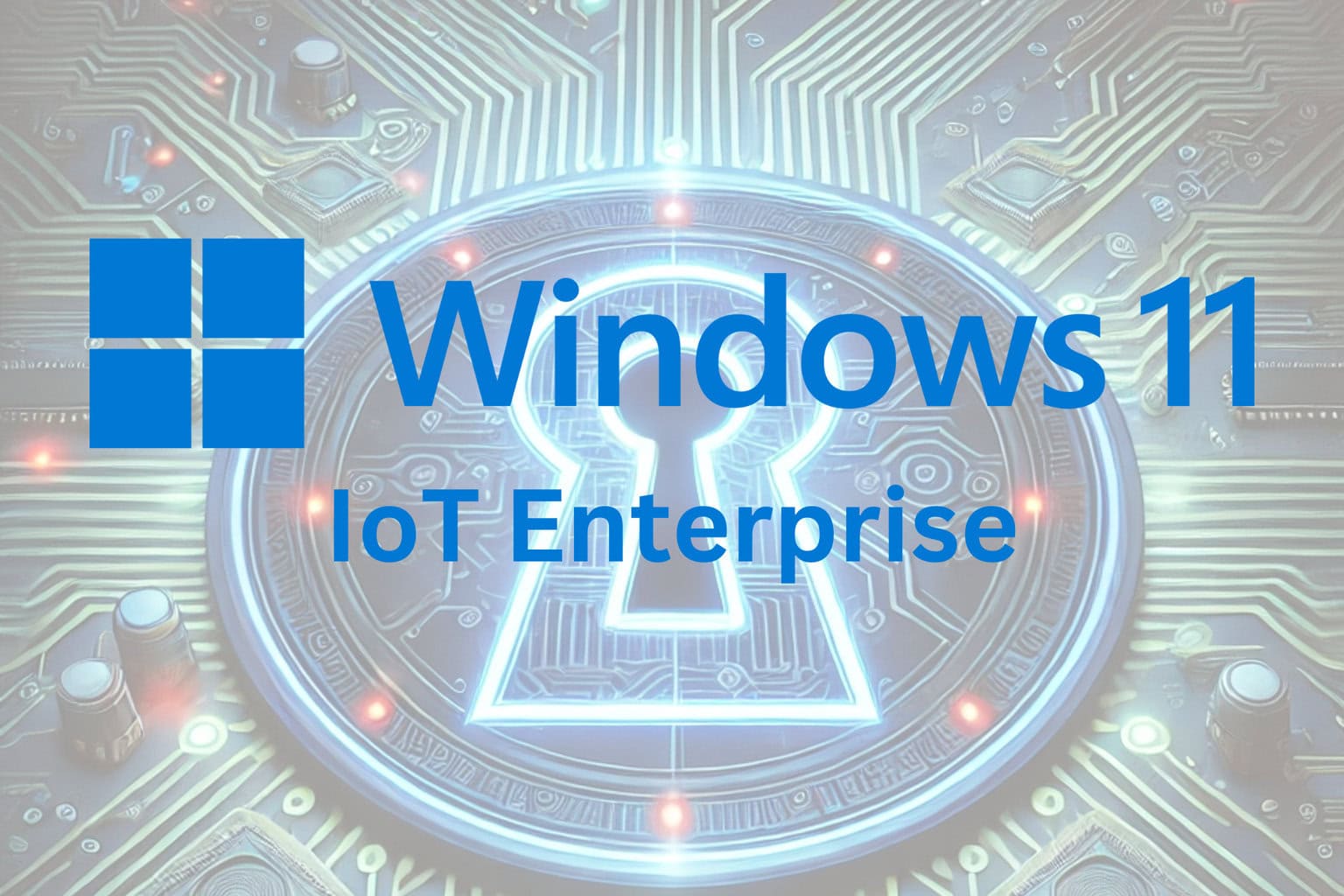
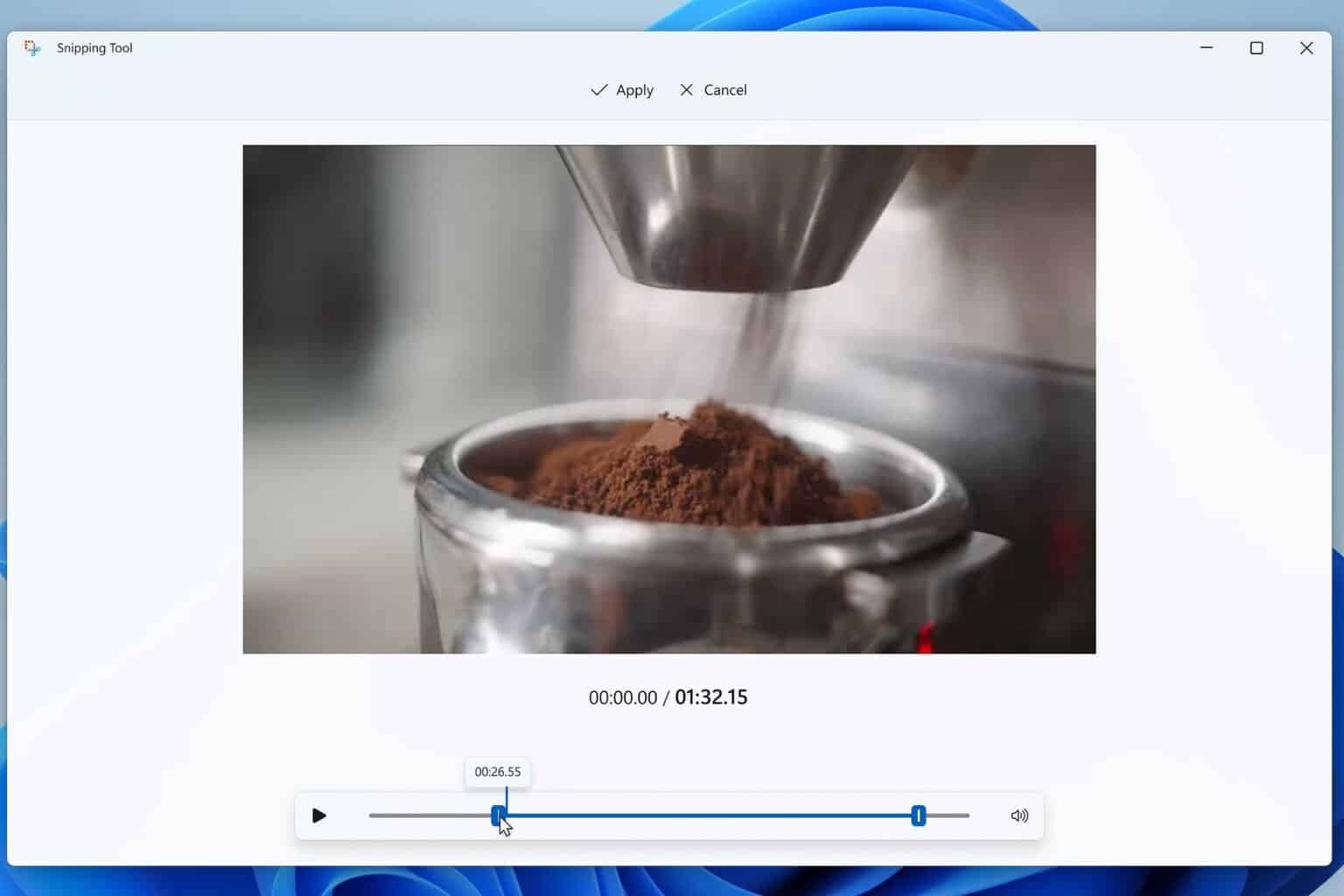

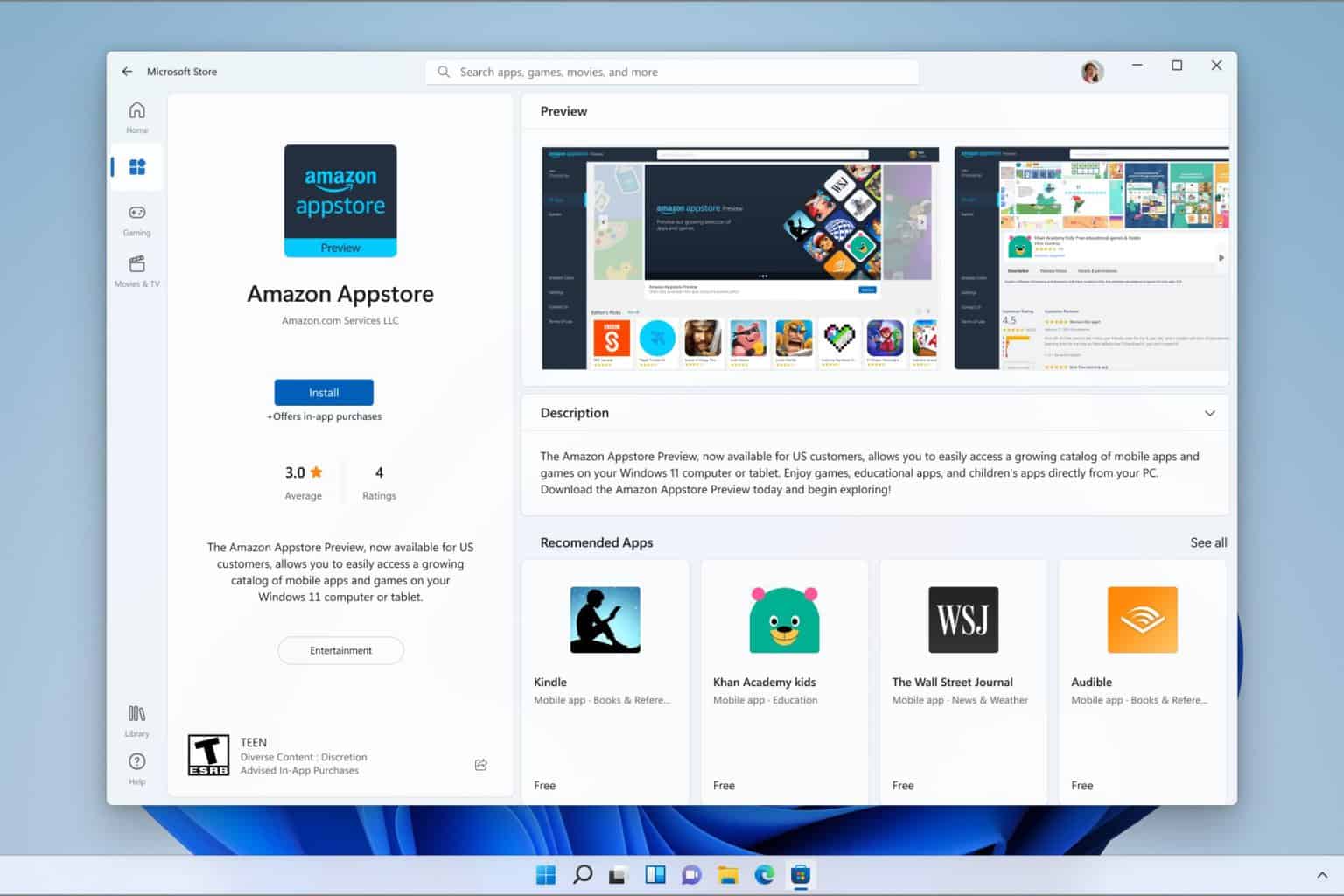

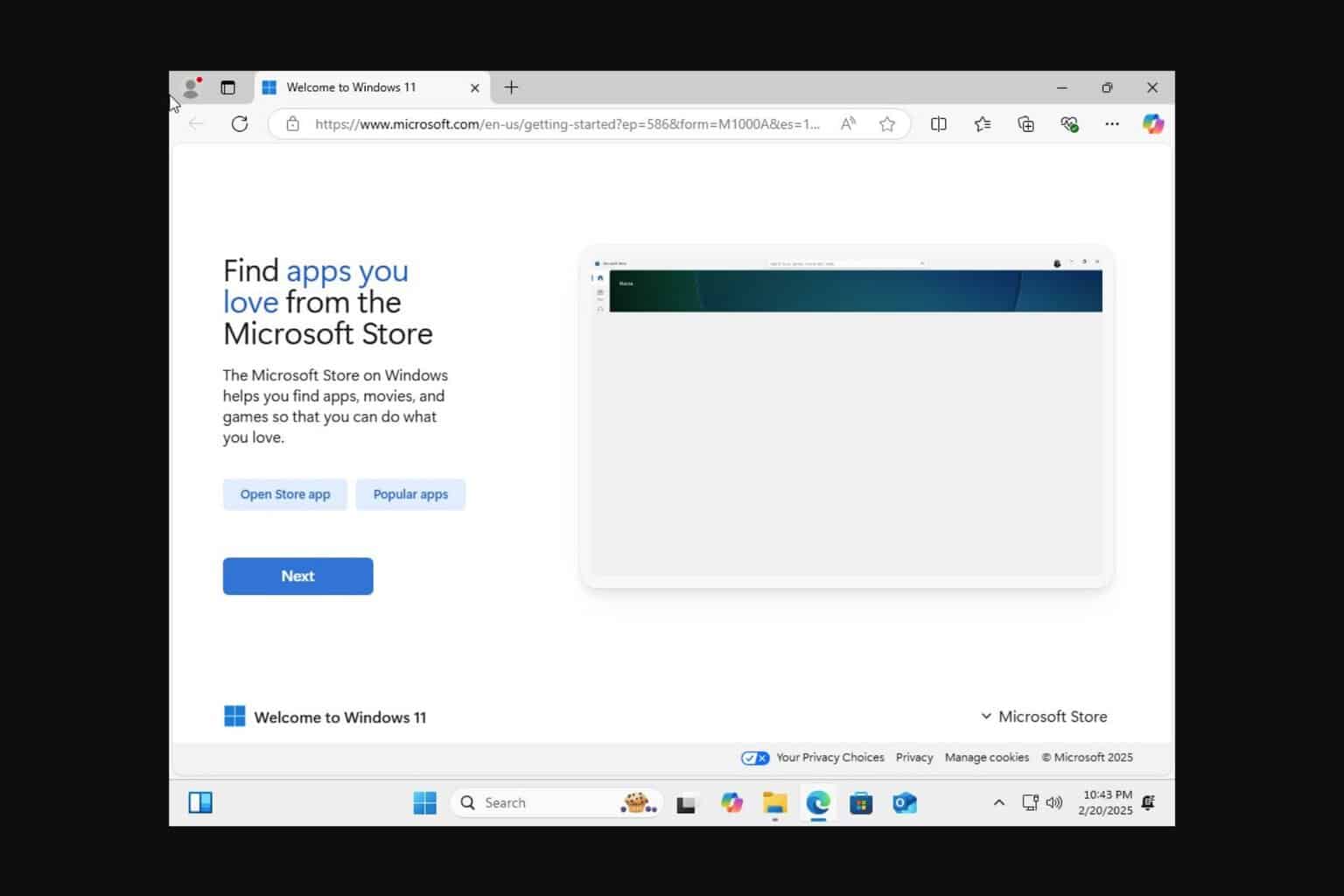
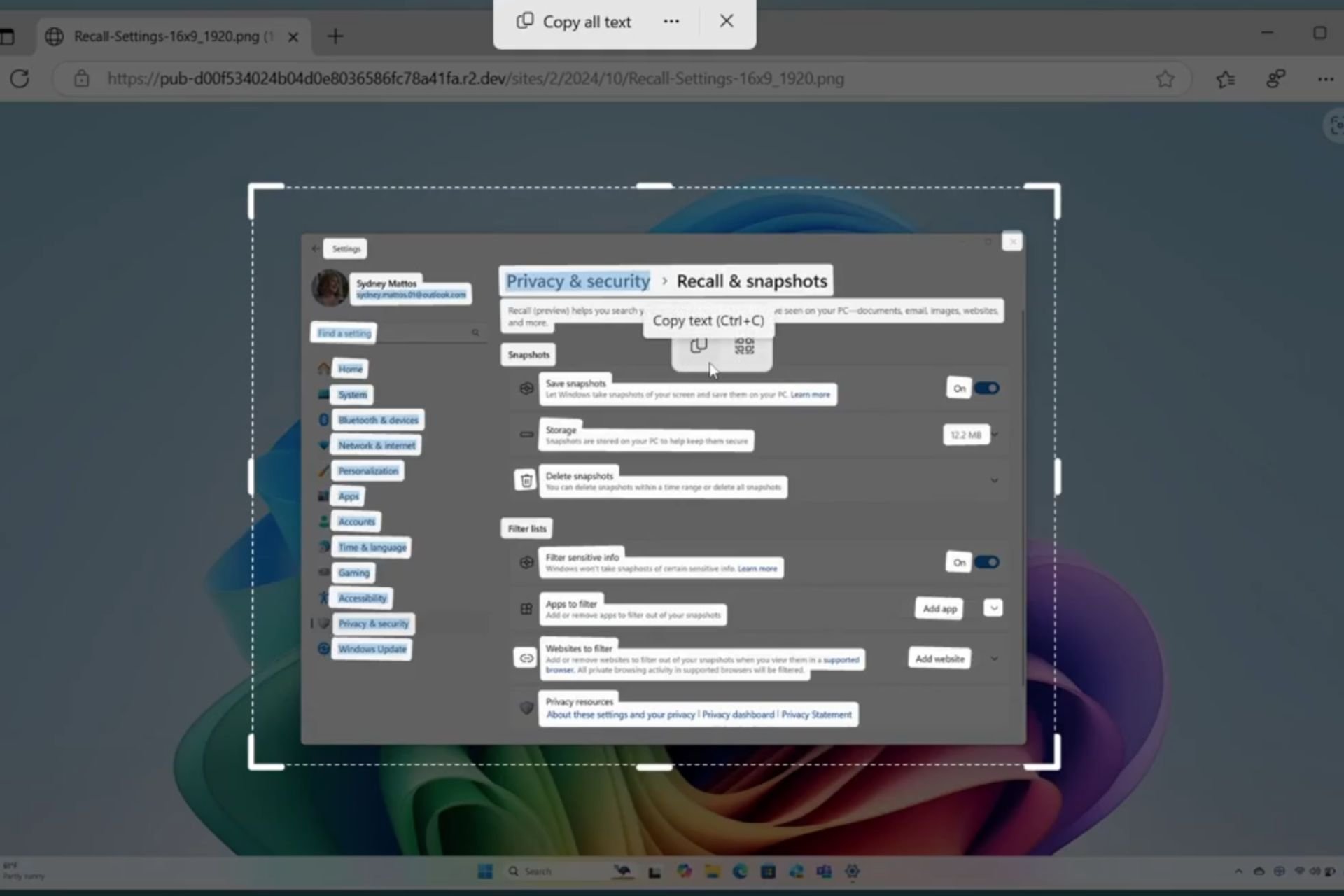
User forum
0 messages